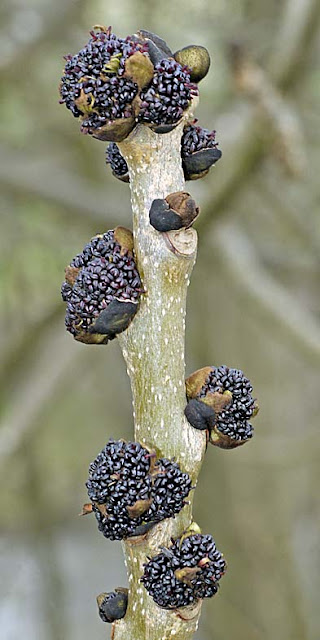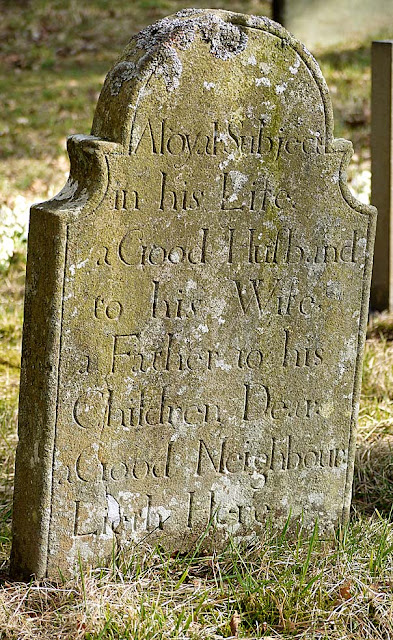I found this little needlefly which I think might be Leuctra hippopus [not too sure - this family of stoneflies (aka roll-winged stoneflies) has 13 genera with more than 300 species] on ramsons flowers beside the river Wear near Wolsingham a couple of days ago. It's one of the earliest of the stoneflies (Plecoptera) to hatch. This is a fast flowing, stony stretch of the river frequented by sea trout in autumn - stoneflies are good indicators of healthy, clean, well-oxygenated rivers. Characteristically, they fold their wings flat along their back and tend to be poor fliers, preferring to run rather than take to the air.
If the ID is wrong and anyone knows for sure what it should be I'd be glad to hear from them...















































































